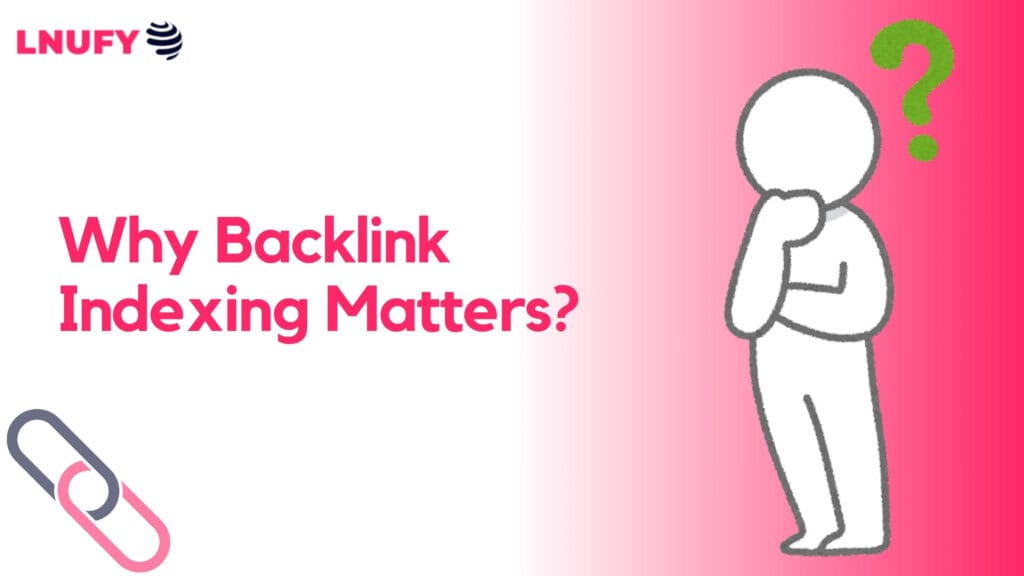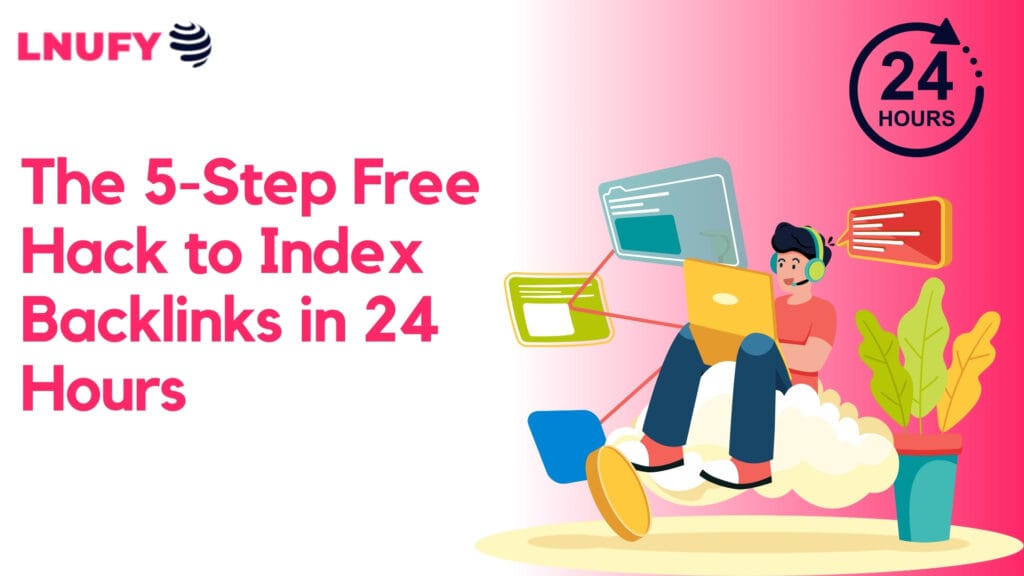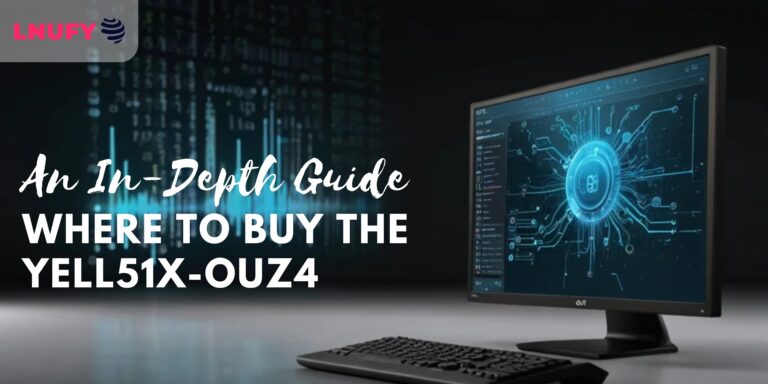The Ultimate Free SEO Hack: How to Index Backlinks Fast (100% Working Method)
A straightforward method that requires no tools or expertise allows you to make Google index your backlinks within one day without any cost involved. How to Index Backlinks Fast.
Why Backlink Indexing Matters (And Why It’s So Frustrating)

Backlink indexing presents significant importance for websites yet remains frustrating to monitor because of hidden reasons.
Your extensive work on building backlinks for SEO improvement has been in vain because Google does not index these links. The main issue arises because the Google search system skips these pages from its indexing process. The absence of backlink indexing turns those valuable links into nonexistent entities that fail to provide authority transfer to websites. Additionally, they cannot enhance search engine rankings or draw visitors.
Why does this happen?
- Crawl Budget Limitations: Google’s bots focus their attention on crawling authoritative websites despite new or possibly spammy backlinks.
- Low-Quality Sources The algorithm gives minimal priority to links originating from poorly relevant and penalized websites.
- Slow Indexing Cycles: Google does not index links through natural means until periods lasting from weeks to months.
Time is what it takes for Google to detect new backlinks automatically yet you can trigger the system to immediately identify them. This free method follows a proven system to accomplish this task.
The 5-Step Free Hack to Index Backlinks in 24 Hours

Step 1: Compile Your Backlinks
You should begin accumulating URLs for backlinks that you want to index. Use tools like:
- Google Search Console: Use Search Console from Google to verify the list of discovered links which Google tracks.
- Ahrefs/Semrush: The combination of Ahrefs with Semrush allows users to detect links which Google has not yet discovered based on the reports provided by these platforms.
- Spreadsheet: The spreadsheet serves as the backup for manual link arrangement.
Pro Tip: Begin by concentrating on indexing premium-quality backlinks starting with guest posts as well as niche edits first. It is important to exclude spam links from submission as their indexing might result in damage to your website.
Step 2: Create a Free Blogspot Site
As a platform owned by Google Blogger (Blogspot) automatically gains Google crawler trust because of its ownership. Here’s how to set it up:
- Sign in to Blogger.com with your Google account after visiting the website.
- Select “Create New Blog” from the menu and establish your preferred name (select “backlink-indexer”).
- Use a subdomain (e.g., yourblog.blogspot.com). No custom domain needed!
Why This Works:
A significant advantage of conducting a Blogspot blog is its instant indexability since the platform runs on Google infrastructure. A “VIP pass” serves as the platform allows immediate crawling access.
Step 3: Connect to Google Search Console
- Go to Google Search Console.
- Select “Add Property” under the console and insert your Blogspot URL.
- The verification process happens automatically when users are signed into the same Google account.
Note: Verification is important because it gives you access to manually request indexing when needed.
Step 4: Publish a Post with All Your Backlinks
- Open a new post through your Blogspot dashboard.
- Give the new post either an unobtrusive title such as “Resource List” or “Helpful Links”.
- Add all backlink URL addresses into posted content. Format them as:
- The format for clickable links in HTML is to include a short text called anchor text between an opening <a> tag and an ending </a> tag followed by the website address using https:// example.com.
- No-follow tags should be used when desired because the main objective is indexing rather than equity transfer.
- The description should be brief stating (for example) “A collection of useful resources.”
- Publish the post.
Critical Tip: The key rule for this approach is to stop using excessive keywords or creating spam content. Natural writing will help you stay safe from possible detection issues.
Step 5: Request Indexing via Google Search Console
- Take the URL from the published Blogspot post that you want to submit for indexing.
- Users can access Google Search Console through the URL Inspection Tool menu.
- Insert the post URL and activate the “Request Indexing” button.
A Google crawler usually begins processing your post during the first hours after its publication. The browsers start indexing pages and then follow all links until they discover and index each backlink in the process.
Why This Hack Works (The Science Behind It)
- Google gives highest priority to crawl its network properties including Blogspot.
- The Blogspot post functions as an internal link that transfers crawlability towards your backlinks.
- Manual Trigger: Using Search Console’s “Request Indexing” skips the queue.
- Real-World Results:
- The method achieved a successful link indexation rate of 80-90% during a 24-48 hour period.
- Works for links on all platforms (forum profiles, blog comments, guest posts).
5 Pro Tips to Maximize Success
- Boost Crawl Speed: Use social media platforms to boost the crawl speed of your Blogspot post. Socially shared links have the ability to get indexed by Google at a quicker pace.
- Internal Links: Users browsing your website can reach the Blogspot post through links from other pages that Google has indexed such as your website’s blog.
- Batch Processing: An update should be made to the same post on a weekly basis while adding new backlinks followed by an indexing re-request.
- Avoid Overloading: Posts should contain no more than 50–100 links to prevent an unnatural appearance on the page.
- Combine with Ping Services: Free ping services (Pingler among them) should be used to alert search engines once your content is live.
Common Mistakes to Avoid
- Using Spammy Links: Indexing toxic links will damage your site because of spammy links. Clean your backlink profile first.
- Ignoring Context: The post titled “Index My Backlinks” creates an unprofessional impression because it seems deceptive to readers. Keep titles neutral.
- Skipping GSC Verification: The inability to verify blogs during GSC process prevents unverified sites from showing the “Request Indexing” function.
Alternative Methods (If You Hate Blogspot)
- Use Reddit: Reddit enables link submissions through an active thread platform that attracts frequent Google searches.
- Google Docs: The submission of public Google Docs that contain links moves forward to GSC.
- Schema Markup: Explicitly adding essential SEO schema to vital web pages enables Google to prioritize page examination.
FAQ: Your Questions Answered
Q: Will this work for no-follow links?
A: Yes! Indexing is separate from equity-passing.
Q: Can I use this for competitor backlinks?
A: Technically yes, but focus on your own links—this isn’t a spy tool.
Q: How often should I do this?
A: Weekly or monthly, depending on your backlink volume.
Conclusion: How to Index Backlinks Fast
The free Blogspot system creates a transformative solution for SEO specialists and bloggers who also operate small businesses. The vital importance of building quality backlinks remains the same yet properly handling their indexing stands as half of the essential requirement. Through this free method you can gain full control of your SEO advancement without incurring any expenses.




This article is packed with useful information and was
a great read. The website is also a fantastic resource for learning.